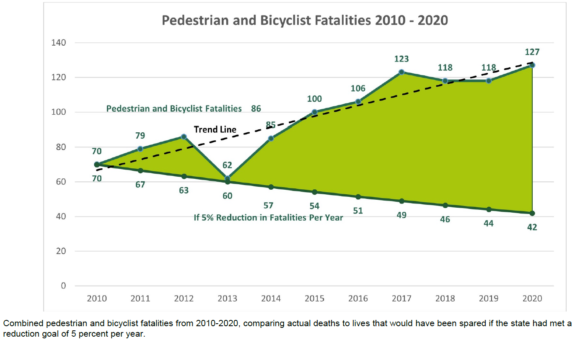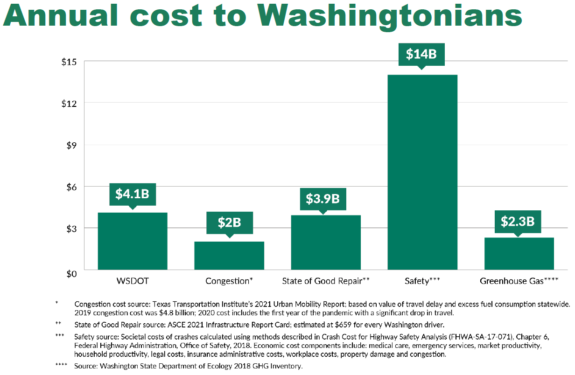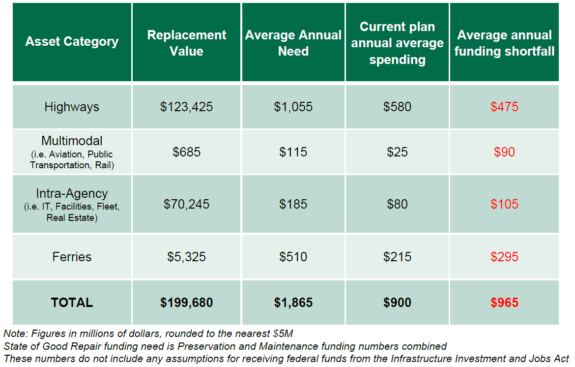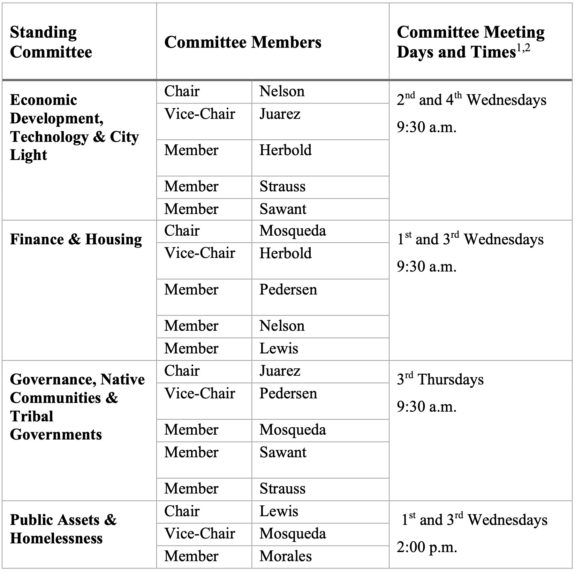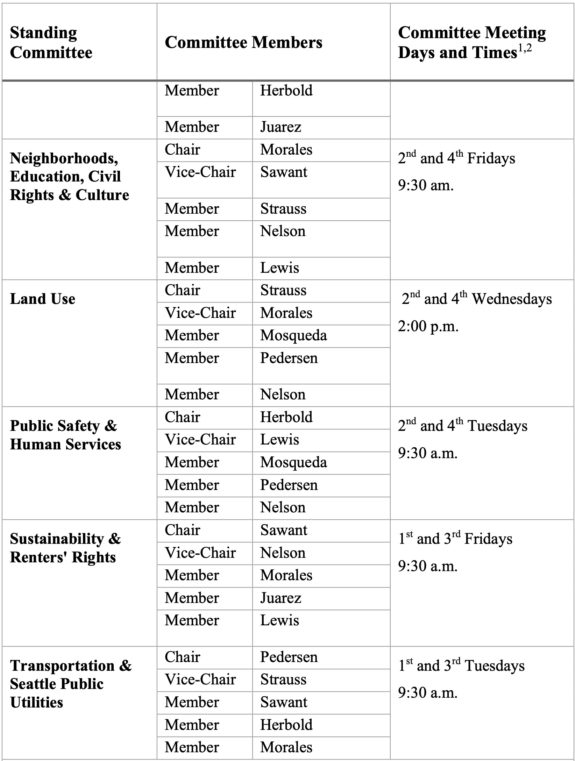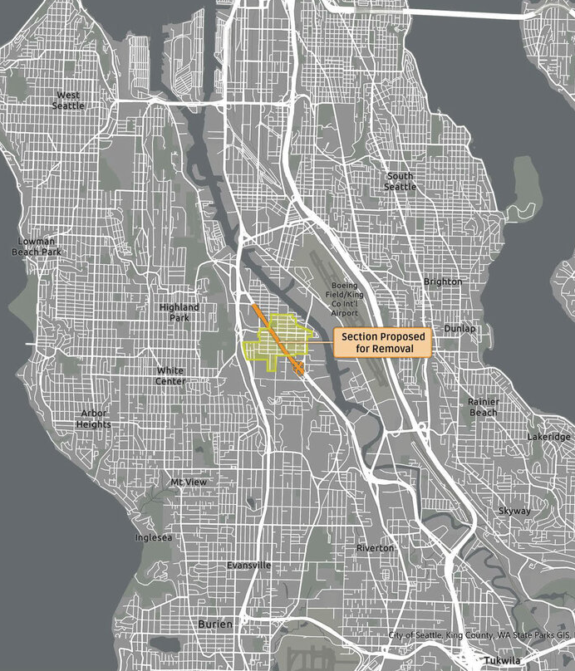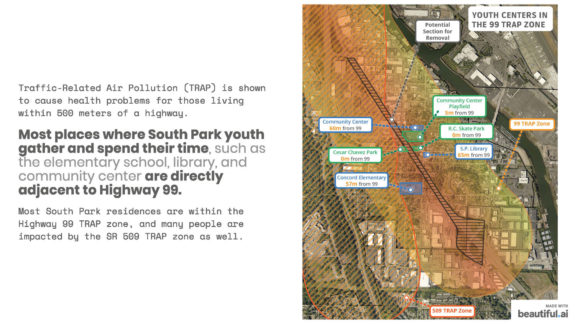I’m trying something new on the blog today. I’ve got two videos for you. Well, really they are two very different versions of the same video, which I shot while heading downtown to pick up my daughter from preschool. The first is a short hyperlapse video showing the route at 15X speed:
The second is a 360-degree video the plays in real time. You can view this 360 video in a number of ways. If you play it in a browser, you can click on the video to drag the view around. If you play it on a phone in full-screen, you should be able to move the phone to look around. Or you can play it in a VR headset:
There’s no consensus about the best way to bike from the University Bridge to downtown because, well, there’s no route that is all good. Eastlake Ave is the most obvious and direct option, but there are no bike lanes and the pavement is terrible for most of it. I can handle some bad pavement, but trying to dodge big bumps while also looking over my shoulder for car traffic? No thank you.
If you’re headed to Capitol Hill, there’s a pretty nice route via Lakeview Blvd, though it has its own challenges. But if you’re headed to the downtown core, the Lakeview route requires extra hill climbing. This is my second choice.
So that leaves one other option: Fairview Ave. There are really two Fairviews. Fairview Ave E is north of Fairview Ave N (because Seattle), and it connects from the University Bridge to South Lake Union. The skinny lakeside street is typically quiet, though it is lined with parking. Nobody seems to expect to be able to drive fast here, making it a quality bike route. Well, except for one big problem. There is a missing piece where the Mallard Cove development blocks public access. To get around this, you have to bike up an extremely steep hill, then down an alleyway that also has intense up and down grades. Able-bodied people might be able to handle it OK, but it will never be an all ages and abilities route for this reason. Well, at least not until the city builds a path through Mallard Cove (stay tuned for a post about some interesting old ideas to solve this problem).
I bike the Fairview route most of the time when doing preschool drop-off and pick-up. I think it’s the least-bad option. I’m often happy to trade dealing with car traffic for a short steep climb. It’s not quite as fast as taking Eastlake Ave, but it’s not too much slower since there are no stop lights. Plus you get some great views along the way (hey, I bet that’s why they named it that!).
Do you have a preferred route that I didn’t mention? Let us know in the comments below. Also let me know what you think of the two video formats. I’m still figuring out all the things I can do with this 360 camera, including how to edit footage. I want these to be useful for people looking for a route option, but also entertaining just to watch. I’m open to your ideas for the next one.

